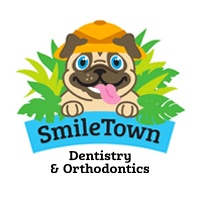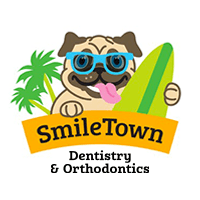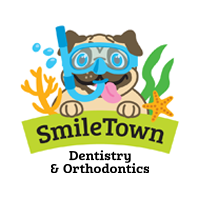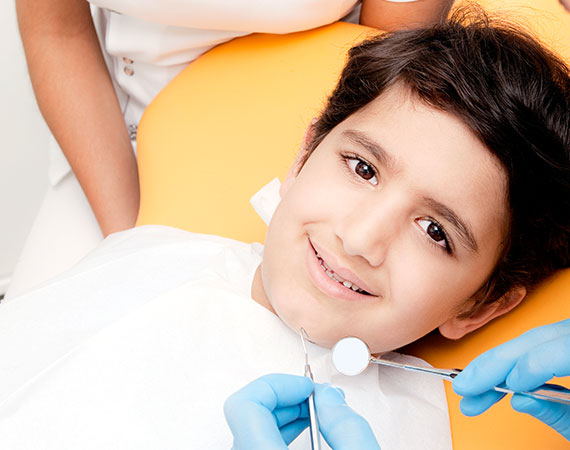
Some babies develop the act of sucking on their thumb even before they enter into the world. This soothing mechanism is often replicated with a pacifier as a calming method throughout a baby's first several years of life. While a pacifier is recommended over a thumb, both methods should be weened between the ages of two and four.
Why should baby give up their pacifier?
Sucking on a thumb or pacifier is a very natural reflex for a baby, however, extended use may result in long term dental issues such as crooked or misaligned teeth and improper jaw growth and alignment. These dental issues may worsen in relation to the amount of time your baby uses their pacifier or thumb. The earlier you are able to ween your child off of this soothing act, the better chance they have of not developing orthodontic issues down the line.
Pacifier vs. Thumb?
While a thumb doesn’t get lost between the couch cushions, or under the crib like a pacifier can, pediatric dentists still recommend a pacifier over the convenience of a thumb. The main reason for this is the ease when weening a baby off of a pacifier versus their thumb. Practically speaking, removing a pacifier is a far easier task opposed to keeping your eye on your baby's thumb around the clock.
Where do I start?
Every parent will have a preference of the method their child will respond best to when giving up their pacifier, however here are some suggestions that may be of help.
1. Talk to your pediatric dentist – Vancouver Pediatric dentists have seen and heard it all. talking with them about when and how your baby is comforted by their pacifier will result in suggestions that you may not have thought of.
2. Pick the right time – There is no right time to remove a pacifier form a baby’s routine, however, make sure that when you decide to make this decision, it’s the only change taking place. Keep their routine as close to normal as possible, avoiding weeks when you are on holidays, managing school transitions, or major events.
3. Slow and steady – Cold turkey can work for some baby’s, but most will respond better when you start limiting the time with their pacifier, rather than taking it away all at once. Sometimes a helpful method can be to replace this soothing tool with another item such as a fuzzy stuffed animal that will distract and comfort during this transitional period.
4. When all else fails – Sometimes it takes a little extra creativity to convince your baby that it’s time for the pacifier to go. Toy stores will often play along if the act of turning in a pacifier in exchange for a new toy is the chosen method of detachment.
While some babies will adapt easier than others, it’s important to stick with the plan when you decide to ween your baby off of a pacier. The benefits will far outweigh the convenience of this soothing mechanism and ensure no long term damage occurs as a result of extended pacifier use.
Next Article: Why is early dental care important?
Website: SmileTown Dentistry






